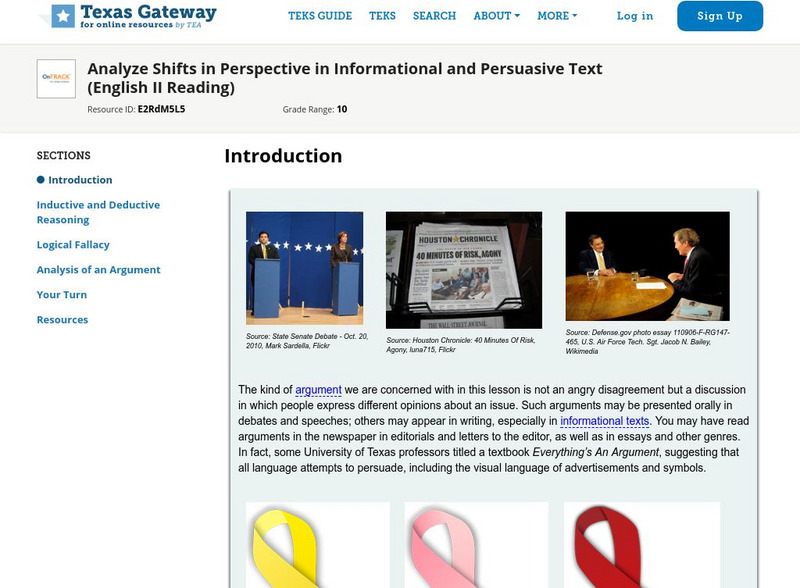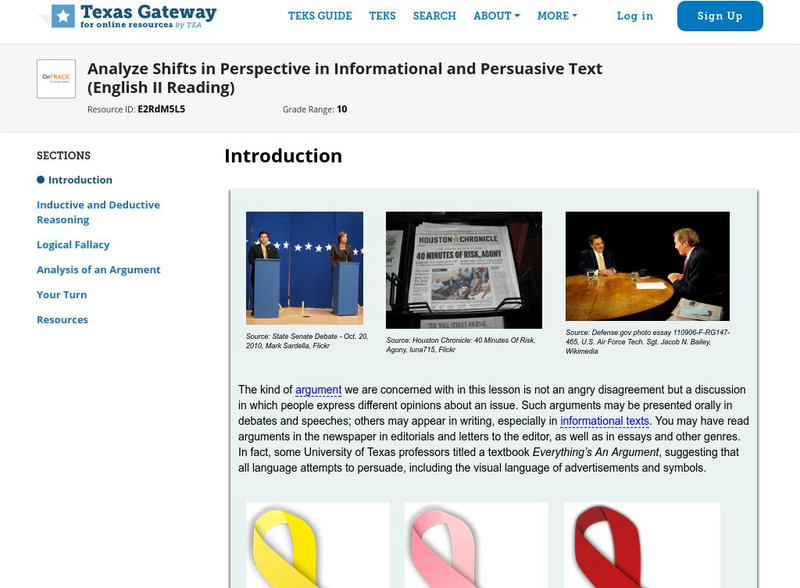Hi, what do you want to do?
Curated OER
Affects of Geography on Colonial Cultures
Sixth graders examine the effects of geography on the development of culture. They discuss how geography can affect the lifestyles and development of a society's culture. Students examine the geography and climate of New England and the...
Curated OER
Korean War
Students visualize where the Korean Peninsula is located and what are some neighboring countries. They read a handout giving background information on Korea's 20th centuy history and Truman's Statement and answer questions in their...
Curated OER
Region, History, and the Novel: Is Resistance Futile?
Students read a novel related to their geographical area and "Gone With The Wind". Using the first novel, they use the internet to research one aspect from it and relate it to their location today. They create a Hyperstudio or PowerPoint...
Curated OER
Technology-commected Folklife Lesson Plan: Fables
Students discuss ways the stories were alike and different. The teacher demonstrate how to draw a Venn diagram using Microsoft Word. They label the two circles and enter the likenesses and differences on the diagram.
Texas Education Agency
Texas Gateway: Analyze Shifts in Perspective in Informational & Persuasive Text
[Accessible by TX Educators. Free Registration/Login Required] In this lesson, students will read informational texts and identify varying perspectives in different arguments on the same topic. You will also analyze the reasoning and the...
Annenberg Foundation
Annenberg Learner: Journey North: Reading Strategies: Identify Author's Viewpoint
This reading resource discusses the strategy of identifying an author's viewpoint. A list of guiding questions is provided to help students as they analyze the author's viewpoint.
Texas Education Agency
Texas Gateway: Analyze Shifts in Perspective in Informational & Persuasive Text
[Accessible by TX Educators. Free Registration/Login Required] In this lesson, you will read informational texts and identify varying perspectives in different arguments on the same topic. You will also analyze the reasoning and the...
Writing Fix
Writing Fix: Mob's Voice vs. Hero's Voice
In this lesson plan, the novel To Kill a Mockingbird, written by Harper Lee, is used to get young scholars to explore point of view and issues related voice in writing and social justice. This lesson plan requires the students to analyze...
CPALMS
Cpalms: Exploring the Future of Nasa
[Free Registration/Login Required] For this lesson, 8th graders analyze two nonfiction articles and a short video that look at NASA, changes to the space shuttle program, and future possibilities in the United States space program. They...
Sophia Learning
Sophia: 5 Core Concepts of Media Literacy
In this lesson, students will engage in multiple parts of a lesson that guide students to uncover many levels of meaning in media messages. Discussion questions and a slideshow presentation are parts of the lesson that address the...
Alabama Learning Exchange
Alex: Analyzing Characters in 12 Angry Men
Re-telling a story from the points of view of its various characters is a powerful way to review the events of a story, show how authors use characterization to reveal characters' personalities, and encourage students to view stories...
Utah Education Network
Uen: One True Story, Told Two Ways
Analyze the different perspectives presented by two authors telling the same story.
Louisiana Department of Education
Louisiana Doe: Louisiana Believes: English Language Arts: Grade 7: Written in Bone
This unit focuses on learning the stories of our past. Students will explore various texts (literary and informational) and their unique perspectives on history to consider how different experiences offer a different historical...
Teachers.net
Teachers.net: Lesson Exchange for Corduroy
This site is an online lesson plan exchange on "Corduroy" by Don Freeman.
ReadWriteThink
Read Write Think: Corduroy Lesson Plan
This ReadWriteThink lesson features an opportunity for students to respond to literature through writing journals about "Corduroy," by Don Freeman. This idea could be used with other books as well.


















